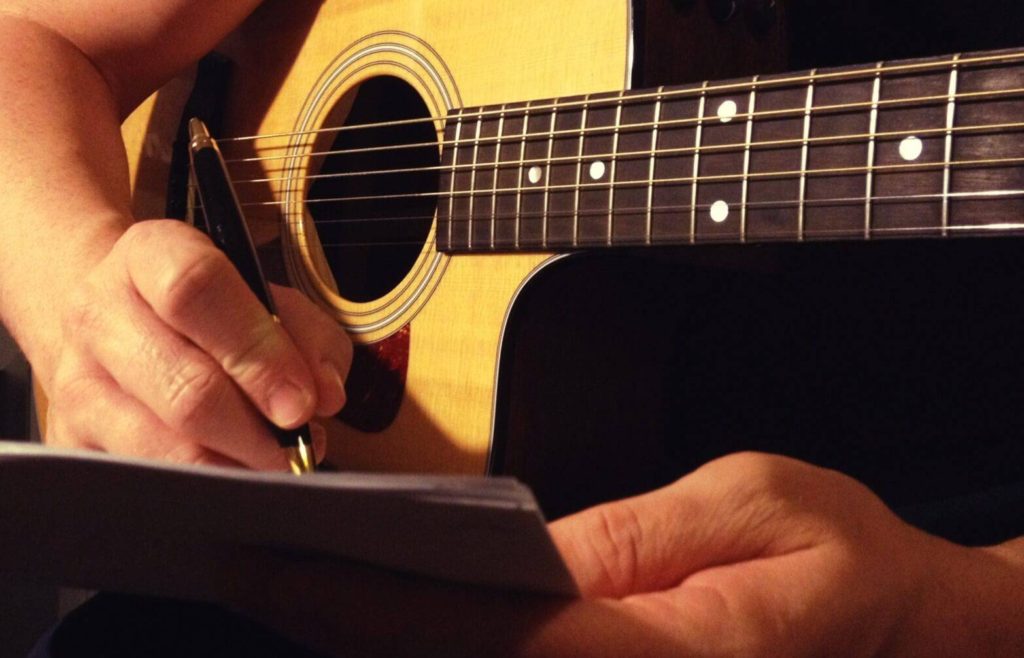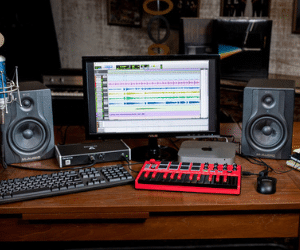If you’re a guitar enthusiast, you must be aware of the first fully adjustable bridge that was invented by Ted McCarty, the Tune-o-Matic (TOM) bridge. The TOM bridge is a type of fixed bridge commonly used on electric guitars consisting of two adjustable posts with saddles that the strings pass over, which revolutionised guitar designs with improved intonation, sustain, and adjustability.
To date, the functionality and versatility of the Tune-o-Matic bridge make it stand as a hallmark of guitar engineering. The design of the TOM bridge has become synonymous with tone and stability, and even though it started as a Gibson design, it is now found in numerous guitar models across various brands. In this guide, we will take you through the intricacies of stringing a guitar equipped with a Tune-o-Matic bridge.
Importance of Proper Stringing
Stringing the guitar isn’t just some mundane ritual that guitarists do, it is an extremely crucial step that ensures that the guitar is properly tuned so you can sway your head along with it instead of covering your ears. The importance of stringing a guitar isn’t just limited to improved tuning for a longer period of time. Rather, it’s also essential for enhanced clarity and richness of the tune. So if you’re looking to improve your overall guitar-playing experience, stringing the guitar and equipping it with the best guitar parts is a must!
Items Needed
- High-quality guitar strings (the gauge should be appropriate for the guitar)
- Tuner (traditional tuning fork or electronic tuner)
- String cutter
- Microfibre cloth and cleaning brush
Detuning Strings
Whether you’re a pro guitar player or just a beginner, it is important to start with a clean slate to achieve the best results. So, before you start stringing with new strings, make sure to detune the old strings. This ensures that the tension on the neck is alleviated and the restringing process is safer and smoother.
A Step-by-Step Guide to Properly Stringing a Guitar with a Tune-O-Matic Bridge

Preparation
Before you get to the real work, make sure your workspace is clean and not cluttered so that you can lay down your guitar in a stable position. Gather all your tools along with the string gauge and double-check them to avoid any mishaps.
Removing Old Strings
Start with carefully snipping off the old strings with the help of string cutters. Start with the low E string and work your way up to the high E. When the strings are snipped, dispose of them safely before proceeding to the next step.
Cleaning the Guitar
Now it’s time to put the microfibre cloth and cleaning brush to use. Brush off the dust from the nooks and corners of your guitar and wipe them thoroughly with the cloth to remove any dust or grime that may have accumulated over time.
Installing Tune-o-Matic Bridge
If you’re installing a new tune-o-matic brigade ensure that bridge posts are securely inserted into the guitar body. You can use a wrench to tighten the posts. Proceed to check whether the height of the bridge is optimal for string action and then adjust accordingly with height screws located on either side of the bridge using a screwdriver. Also, check the alignment of the bridge in relation to the tailpiece so that the bridge is accurately parallel to the tailpiece.
Saddle Adjustment
Before installing the new strings, it is also important to ensure that the direction of the saddle on the tune-o-matic bridge is correct. i.e., the saddle screws are facing the tailpiece. If necessary, adjust the individual saddle positions to achieve proper intonation. You can achieve this by loosening or tightening the saddle screws with the help of a screwdriver. You can also slide the saddles horizontally so that they align for even spacing of the strings.
Inserting new strings
Once the bridge is adjusted and good to go, thread the ball end of the string through the corresponding tailpiece hole of the guitar. Carefully guide the strings over the tune-o-matic bridge and make sure that the strings are sitting snugly on the saddle.
String Stretching
You can’t just insert the strings and call it a day! After the strings are all in, gently pull and stretch the strings to minimize tuning issues in the future. Stretching helps to settle the strings and reduces the possibility of slippage.
Tuning
Next, take your tuner and take time to carefully tune each string to precision. If you are new at this, you can get help from tuning apps to make sure that all the strings are properly tuned.
Intonation Adjustment
With the guitar in playing position, assess the intonation of each string by fretting the 12th fret and comparing it to the open string. Intonation refers to the accuracy of the pitches produced by the strings when fretted at different points along the neck. By adjusting the position of the saddles on the bridge, you can fine-tune the length of each string to ensure that the open string and the fretted notes produce the correct pitch. Once all the strings are in tune and the intonation is set, give your guitar a final inspection, and you’re good to go!
By Nethan Paul



